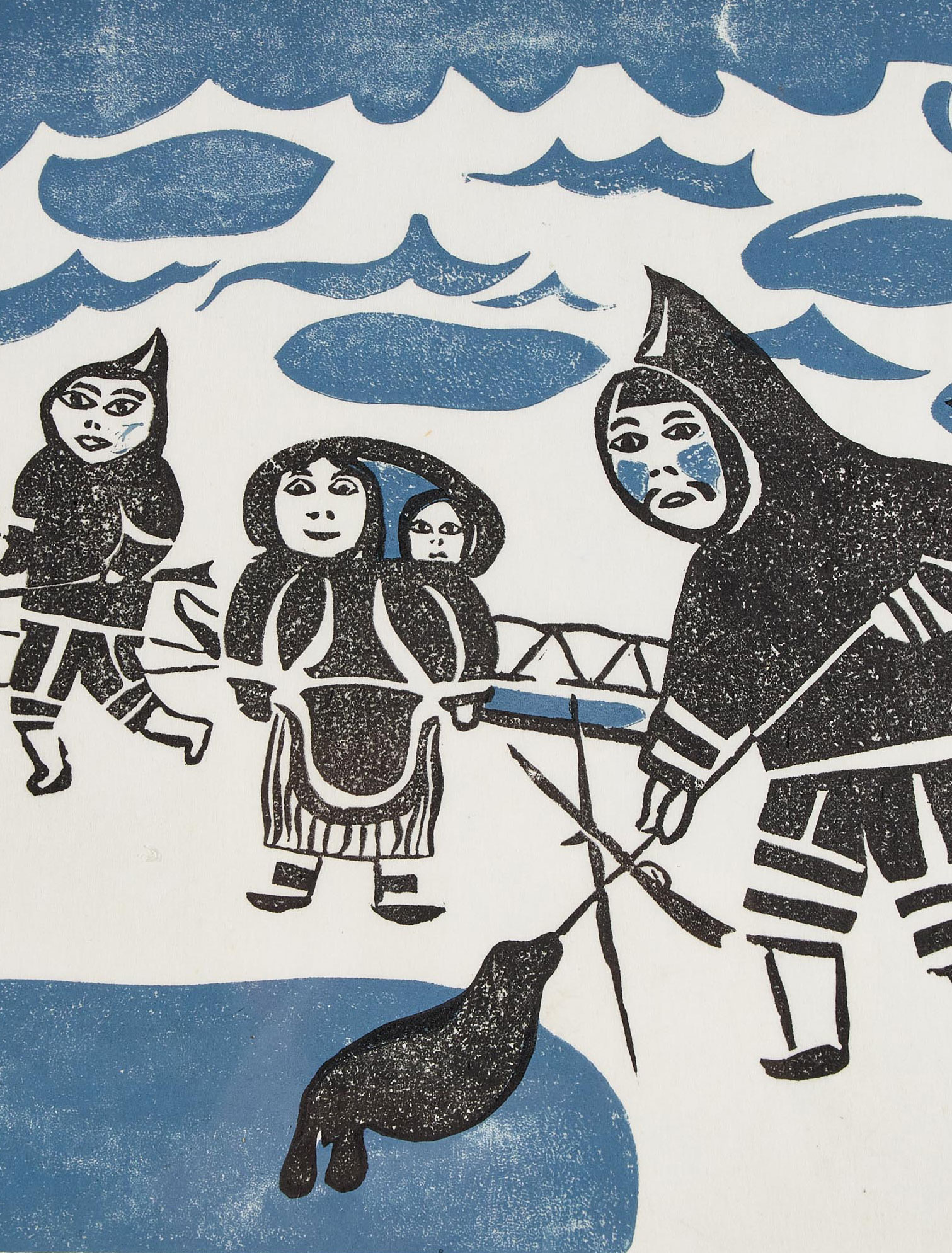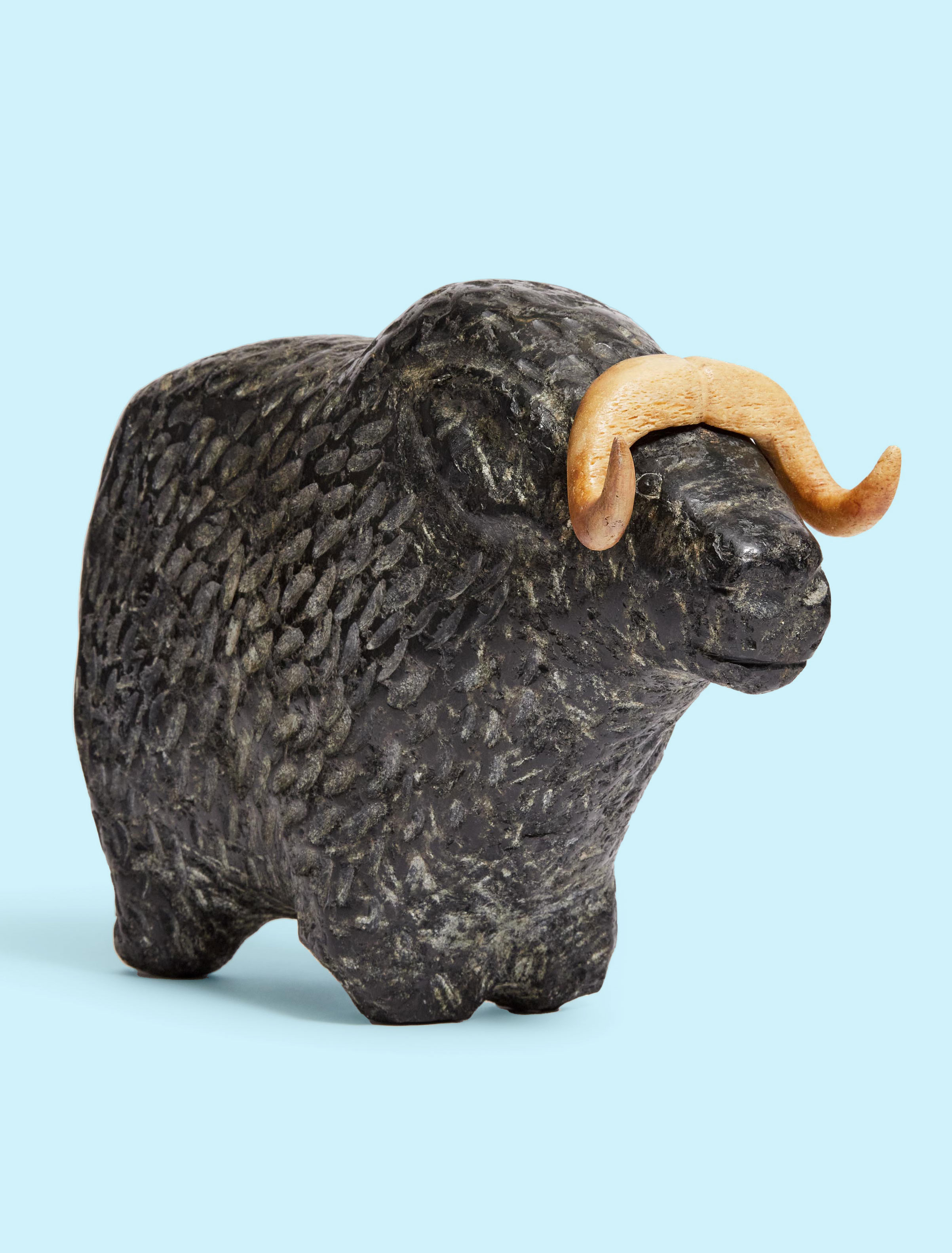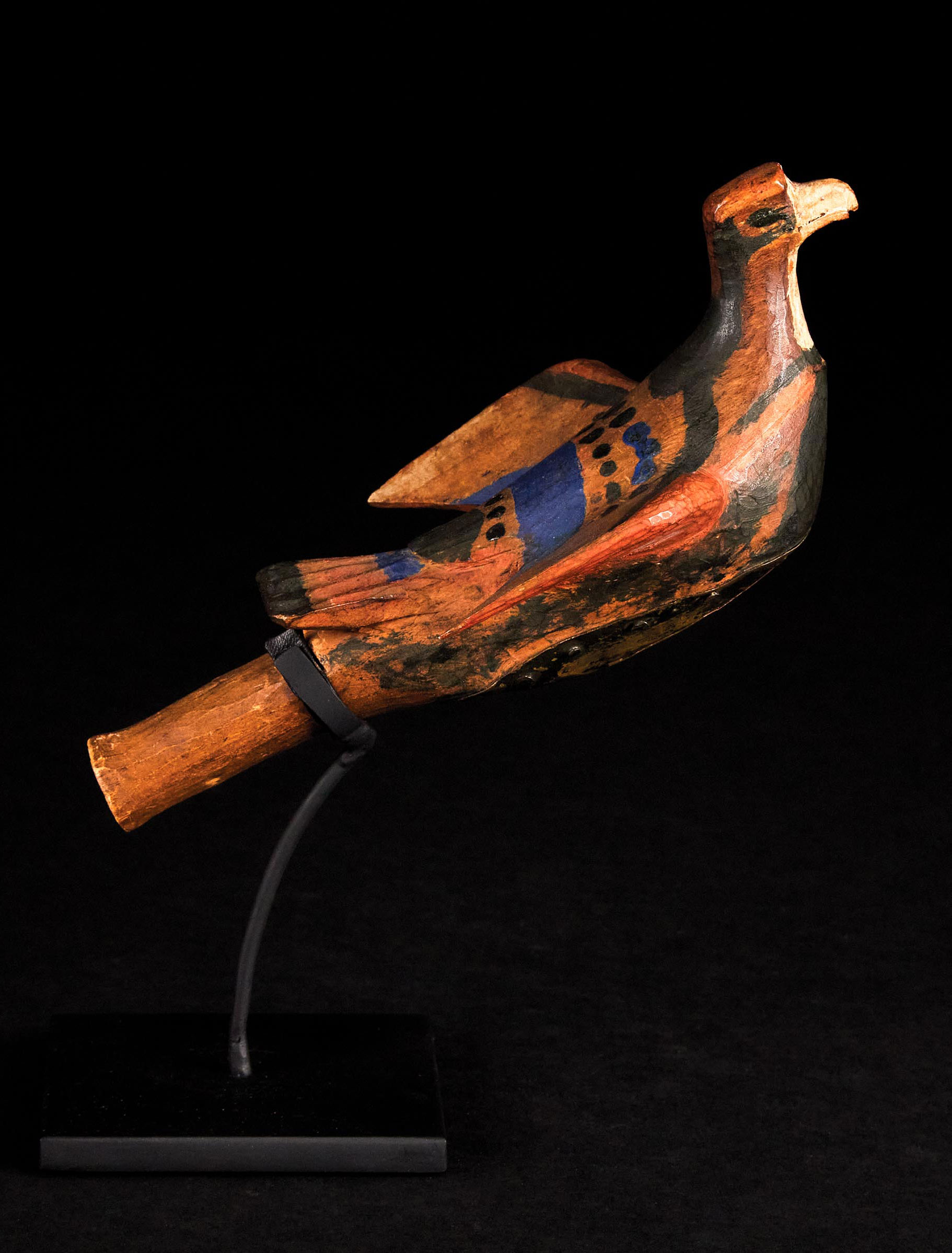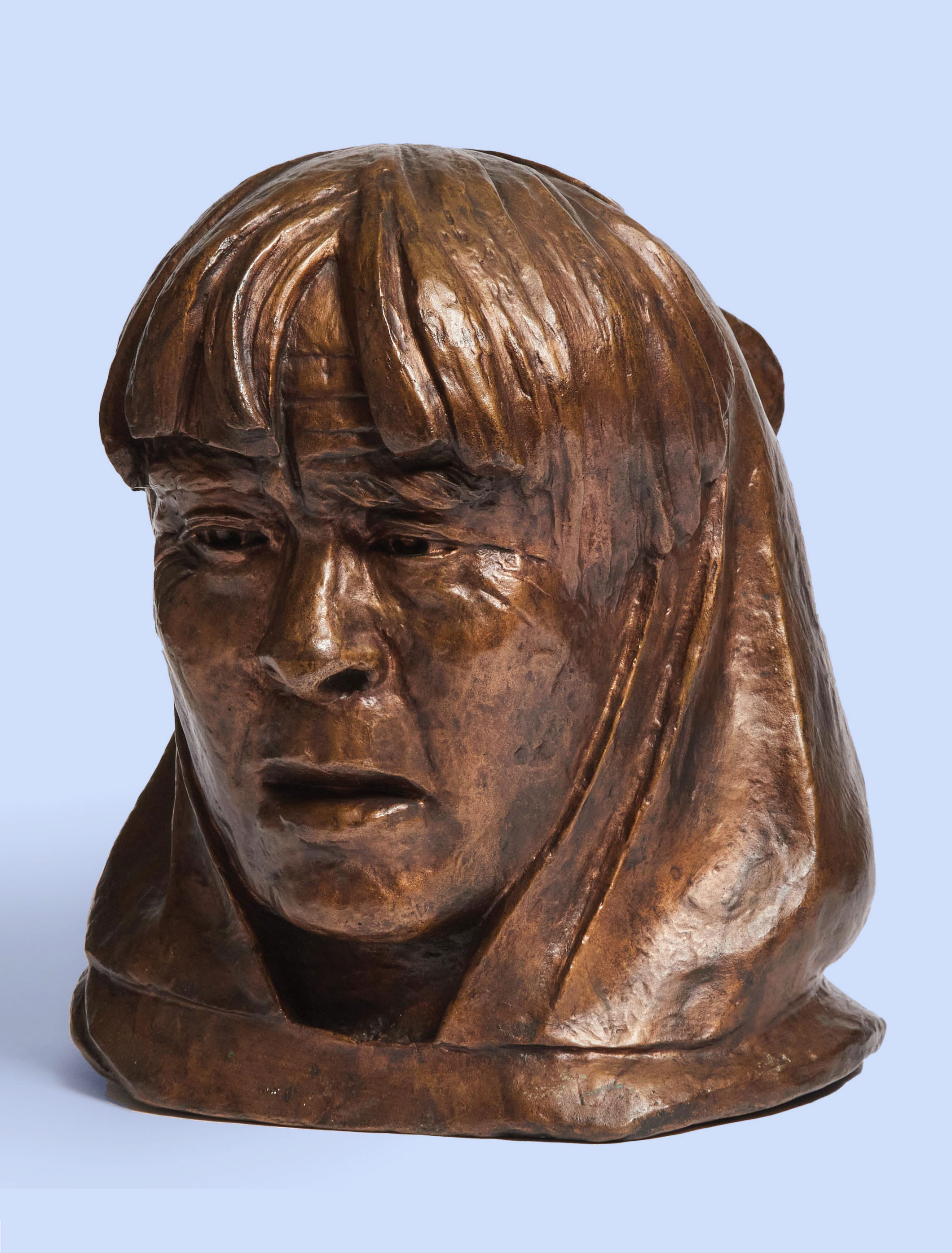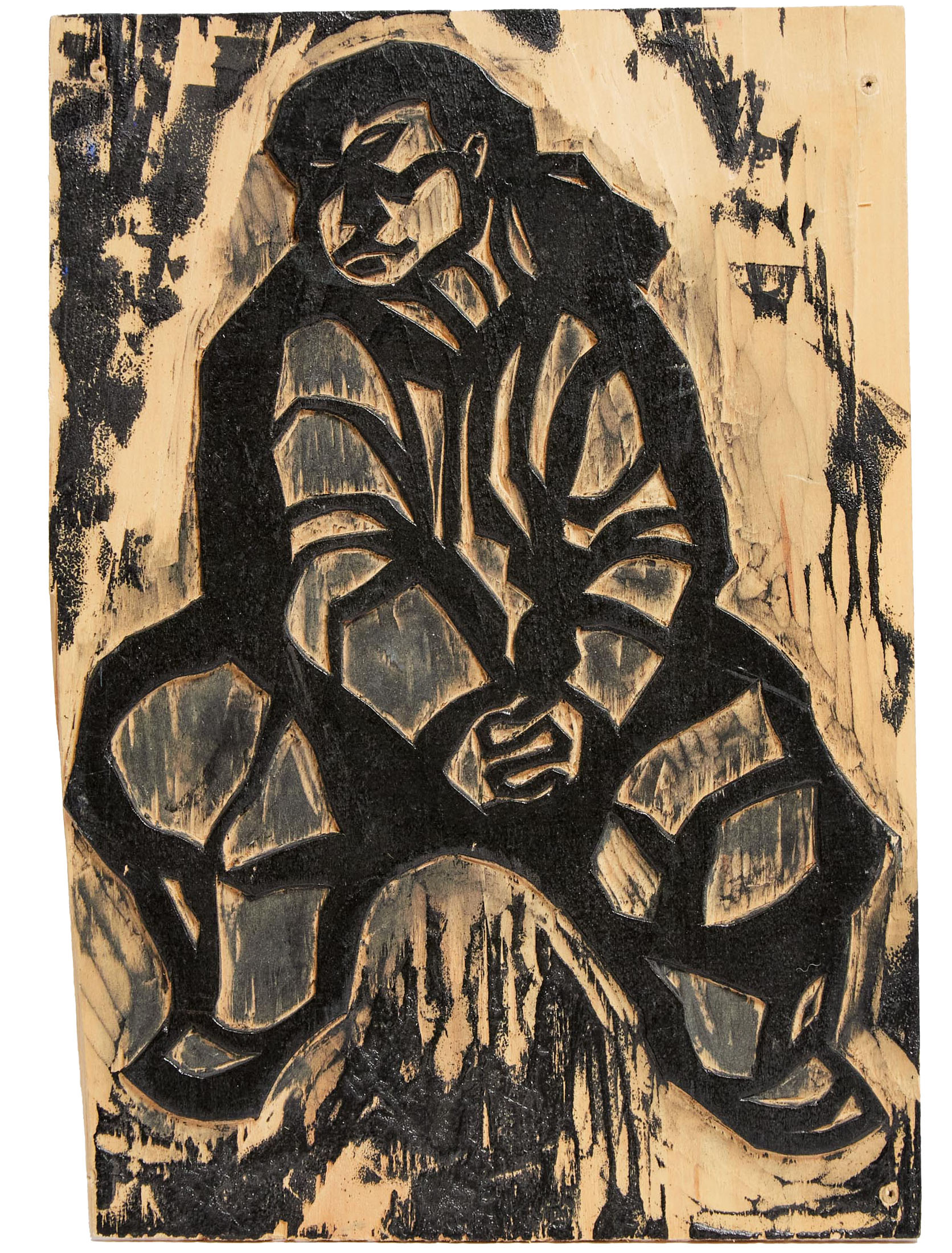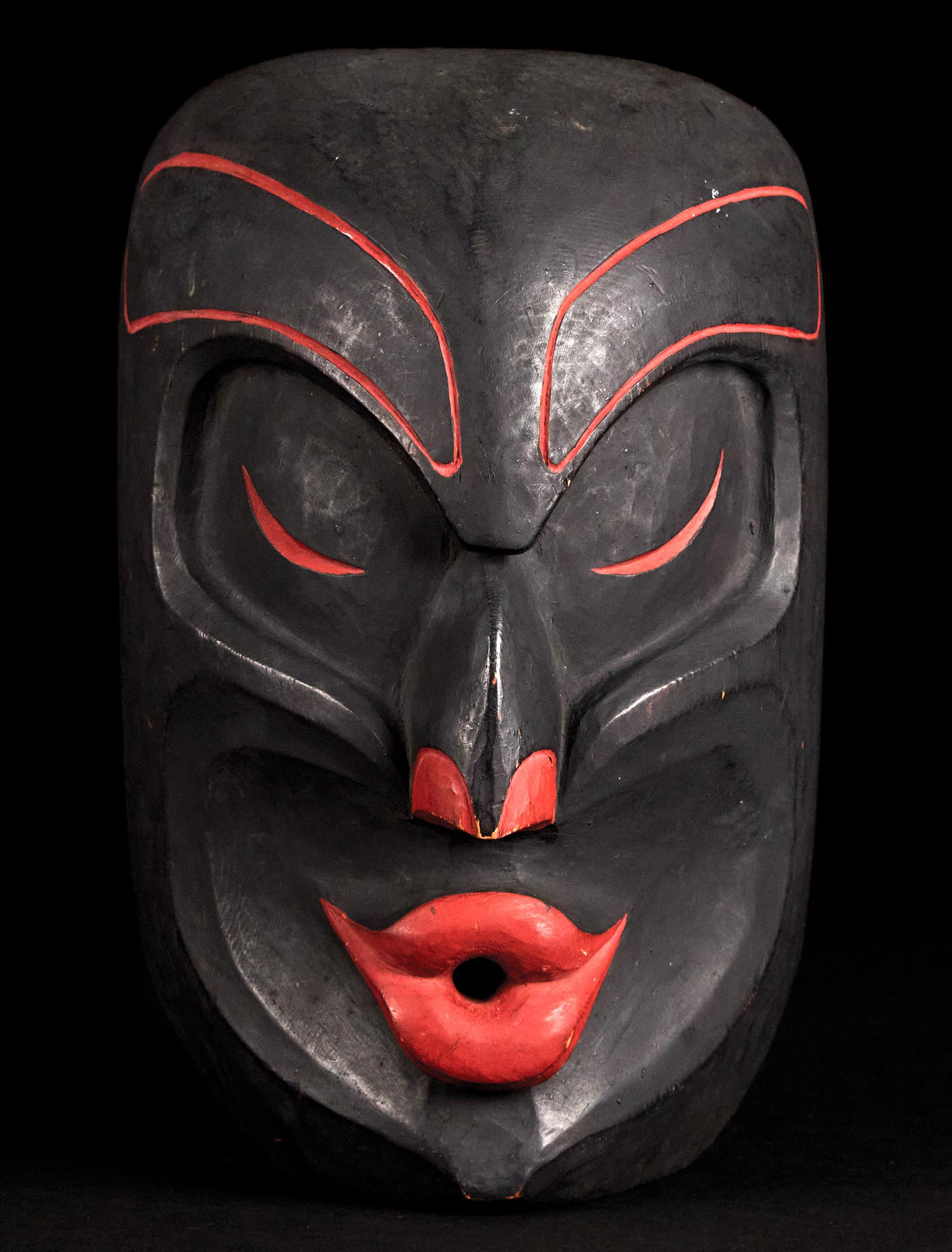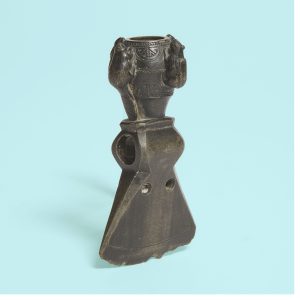
Assembled over 30 years by Steven Blevins & Sonja Morawetz, this collection is a celebration of historic handicraft, quill and beadwork, bark decoration, tufted moose hair, and other craft traditions, primarily from Canada’s Eastern Woodlands and Great Lakes. Many works in the collection are rare and were collected individually, sometimes from old collections or regional antique markets. The majority of objects included speak to a period of rapid change and transculturation. In the 19th and early 20th centuries many early post-European contact and touristic production arts and crafts were neglected by scholars and collectors in favour of “pre-contact” arts, thought to be unspoiled by commercial incentives and European influence.
The shift in scholarly and collector perspectives on early post-European contact and touristic production arts and crafts has been gradual. Increasingly viewpoints have come to align with what First Nations makers likely always knew to be true of the things that they made: that even objects which included European material and motifs were invested with meanings familiar and relevant to the people who made them. This truth is signalled by the use of language and tone with which many descendants of earlier makers have spoken of their parents or ancestors’ production. Trivializing terms like “whimsy” and “curio” are conspicuously absent – in their place are worlds grounded in tradition and functionality like “beadwork” or “carving.”(1) Speaking of her family’s early 20th century making in a 1994 interview with Gerland McMaster, artist Daphne Odjig described her father’s painting and her own artmaking as a continuum that encompassed their production of (commercial) quillboxes. (2)
The archaeological discovery of goods made from abalone traded by pre-European contact peoples from the coasts of modern day California have been found in pre-European contact sites in Eastern North America, where they were fashioned into goods that would have no doubt appeared foreign to the individuals who had first harvested the material. This occurrence vividly illustrates that trade routes in North America may have expanded after the arrival of Europeans, but were already well established throughout large expanses of North America. With this realization comes another implication: that objects traded or sold from one group of people to another may be invested with a multiplicity of meanings.
We invite you to look closely at the works from the Collection of Steven Blevins & Sonja Morawetz, and to explore the innovation and creativity of the makers who created them, whether made or used for commerce, everyday use, or to be appreciated as objects of beauty.
- Ruth B. Phillips, Trading Identities: The Souvenir in Native North American Art from the Northeast, 1700-1900, (Hong Kong, University of Washington Press, 1998), 9
- Ibid, 266
About the auction:
Held online from December 2 – 7, 2023, we invite you to browse the gallery for our auction of Historic First Nations Art from the Collection of Steven Blevins & Sonja Morawetz. Assembled over 30 years, this collection is a celebration of historic handicraft, quill and beadwork, bark decoration, tufted moose hair, and other craft traditions, primarily from Canada’s Eastern Woodlands and Great Lakes. The collection includes both humble and remarkable objects made for commerce and for everyday use.
Please contact us for more information.
The auction will be available for preview at our Toronto galleries, 275 King St. E, Second Floor:
Sunday, December 03 from 12:00 pm to 4:00 pm
Monday, December 04 from 10:00 am to 5:00 pm
Tuesday, December 05 from 10:00 am to 5:00 pm
Related News
Meet the Specialists

Palmer Jarvis
Senior Specialist

Elizabeth Gagnon
Consignment Coordinator



